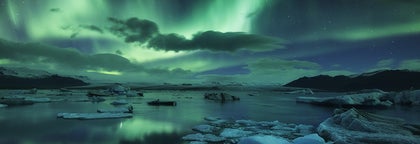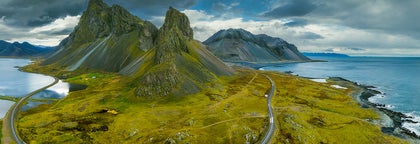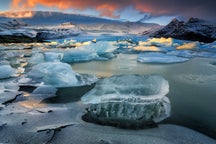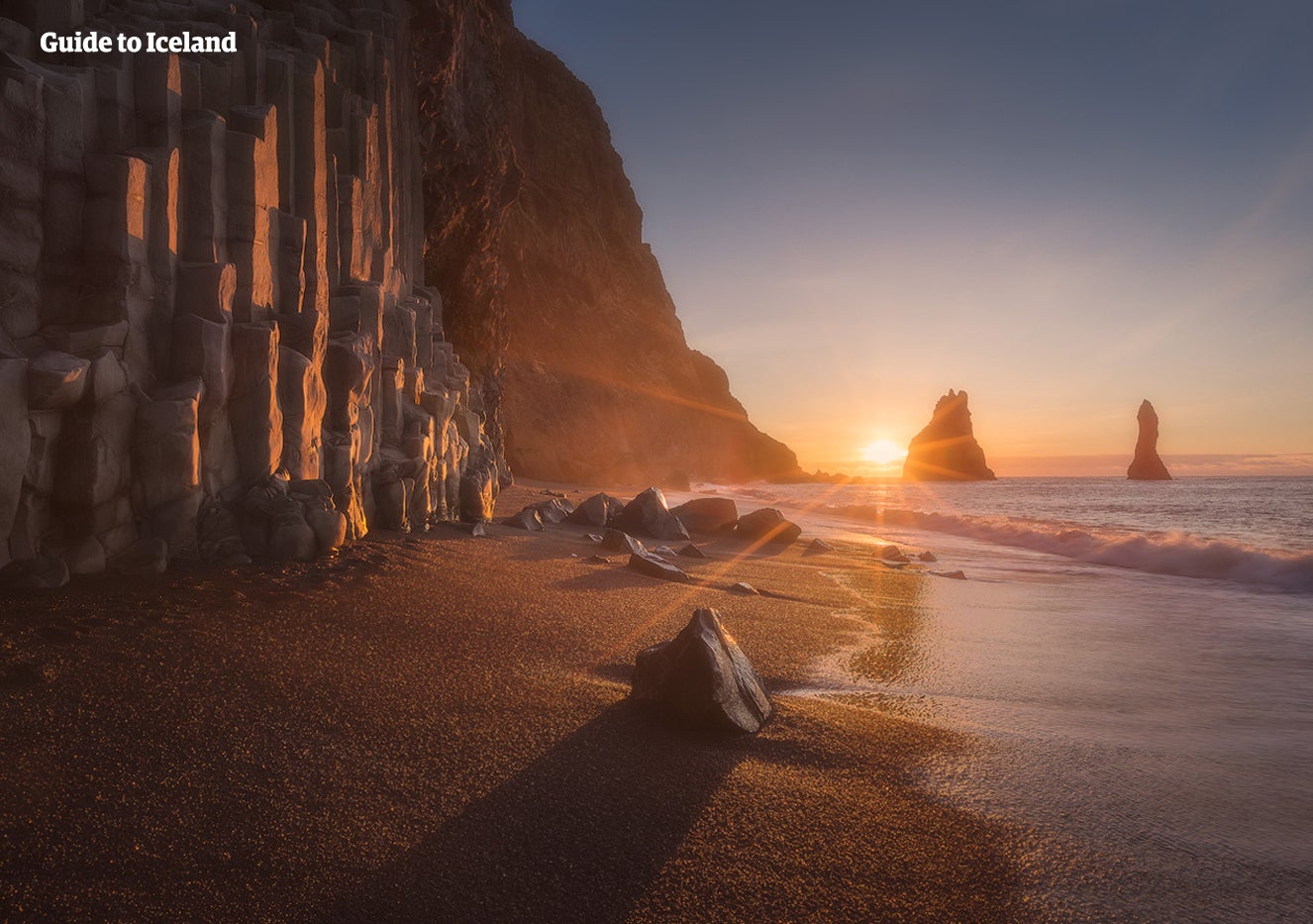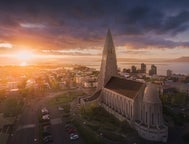
アイスランドのATVバギー・ツアー
ATVバギー・ツアーの掲載数はアイスランド最多。四輪バギーで大自然をワイルドに楽しみませんか?
ユニークな体験を見つける
出発地を選択
日付を選択
出発日最終日
人数
1名
アイスランドのATVバギー・ツアー
フィルターを設定すると絞り込み検索ができます
並べ替え: 人気
アイスランドをもっと楽しむ
アイスランドの旅行パッケージや現地ツアーをたくさん取り揃えました
よくある質問
運転免許証は必要ですか?
バギーを運転する場合は有効な運転免許証が必要です。日本語で書いてある運転免許証はアイスランドで確認できませんので国際運転免許証を提示していただきます。アルファベットで書いてある外国免許証、例えばアメリカやイギリスで発行されたものがあれば日本の運転免許証と国際運転免許証は不要です。
子供連れでも参加できますか?
バギーツアーへの参加最低年齢は6歳です。
バギーに乗ってオフロード走行はできますか?
オフロードドライブ(道路の外側を走る事)はアイスランドの法律で禁止されています。バギーツアーはオフロードドライブの許可を得た私有地などで行われます。ガイドの指示に従って楽しみましょう。
バギーツアーは雨天決行ですか?
ほとんどのATVバギーツアーは6歳くらいからご参加いただけます(運転はできません)。
バギーツアーに参加する場合どのようなものを準備すればいいですか?
暖かい服と歩きやすい靴(防水加工をしたハイキングブーツがお勧め)でツアーに参加してください。ツアー中には防寒のつなぎ服、ヘルメット、手袋、目出し帽が用意されます。
空席状況と、料金を教えてください。
まずは日付と参加人数をお選びください。日付も参加人数も選択できれば、その分空席がありますのでご予約いただけます。予約は即時確定となります。また、日付と参加人数を選択しましたら、自動的に人数分のツアー料金合計が表示されます。

アイスランド最大の旅行アプリをインストール
アイスランド最大の旅行アプリをスマートフォンにダウンロード。旅のすべてを1か所で管理できます。
アイスランド最大の旅行マーケットプレイスをポケットに。スマートフォンのカメラでQRコードを読み取り、表示されるリンクをクリックしてください。電話番号またはメールアドレスを入力すれば、SMSやEメールでもダウンロードリンクを受け取ることができます。


















